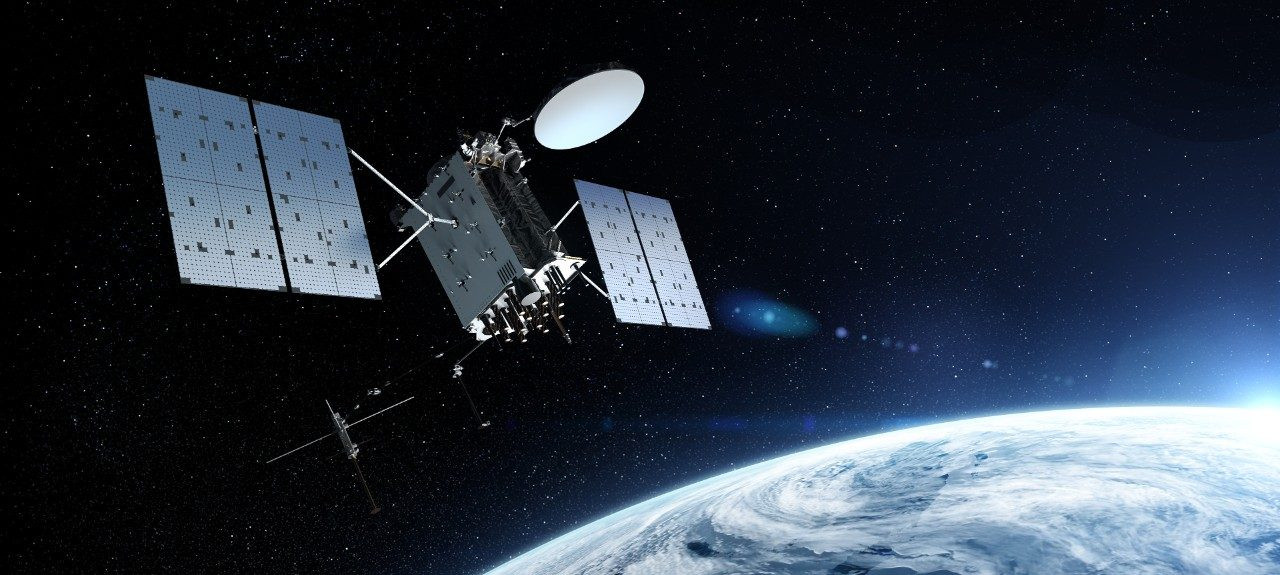In an effort towards "strategic autonomy," India – a key strategic partner of the US in the Indo- Pacific region – announced plans to abandon the US-owned satellite navigation system, replacing it with NavIC, a system developed by New Delhi itself.
Previously, the country successfully launched the first of a series of five second-generation satellites into orbit. India aims to launch one satellite every six months to achieve enhanced coverage and bridge the technology and mobile user gap in the country.

According to the Indian Space Research Organisation (SRO), the NVS-01 satellite, with L1, L5, and S frequency bands, is expected to be used for the NavIC satellite navigation system developed by the country, which is compatible with handheld devices and can be provided via a mobile application.
Previously, L5 and S frequencies were not intended for civilian use. Therefore, smartphone manufacturers like Apple, Samsung, and Xiaomi had to add hardware to their chipsets to make their products compatible with NavIC, which drove up product prices and hindered widespread adoption of the technology.
"To achieve strategic independence, for both civilian and military purposes, a native navigation system is essential," revealed an official involved in the Indian government's long-term strategic planning. "We want to be self-sufficient in critical technologies."
Notably, unlike GPS which has an accuracy of 20-30 meters, India's system can locate within a range of 5 meters. This is achieved because NavIC includes four geostationary satellites located in higher orbits, resulting in less signal interference and operating on the L and S frequency bands with higher accuracy.
To date, several smartphone models, including the iPhone, support the GLONASS navigation system from Russia, Galileo from Europe, QZSS from Japan, and BeiDou from China.
The foundation of the military system
GPS was initially developed by the United States as a military system. It reached full capacity in 1993 with 24 satellites providing global coverage. Today, GPS has 31 satellites orbiting the Earth every 12 hours at an orbital distance of 11,000 miles.

These satellites are spaced so that every point on Earth is observed by at least four satellites. Each satellite is equipped with an atomic clock, accurate to one billionth of a second, and continuously transmits digital signals about its position and time in orbit.
The US navigation system has significantly improved combat command capabilities at all levels of warfare, revolutionizing the tracking of moving vehicles.
Almost all U.S. weapons systems that require navigation, timing, or location data rely on GPS. This includes Tomahawk cruise missiles, guided munitions, precision bombs, and other unmanned aerial vehicles.
Therefore, a GPS connection loss or jamming for even a few minutes can be catastrophic on the battlefield, as has been and continues to be the case in the Russia-Ukraine conflict. The enemy can cripple defense systems and critical infrastructure by targeting satellites through electronic warfare.
A study by the US Central Intelligence Agency (CIA) indicates that, “adversaries will seek to attack military capabilities through electronic warfare, psychological warfare, as well as the use of directed energy weapons or electromagnetic pulses. The primary goal is to disrupt the flow of information and disable the operation of weapon systems.”
(According to EurAsian Times)
Source


![[Photo] Two flights successfully landed and took off at Long Thanh Airport.](/_next/image?url=https%3A%2F%2Fvphoto.vietnam.vn%2Fthumb%2F1200x675%2Fvietnam%2Fresource%2FIMAGE%2F2025%2F12%2F15%2F1765808718882_ndo_br_img-8897-resize-5807-jpg.webp&w=3840&q=75)





































































































Comment (0)